Liquid Fund vs FD: Best Place for Contingency Money in India
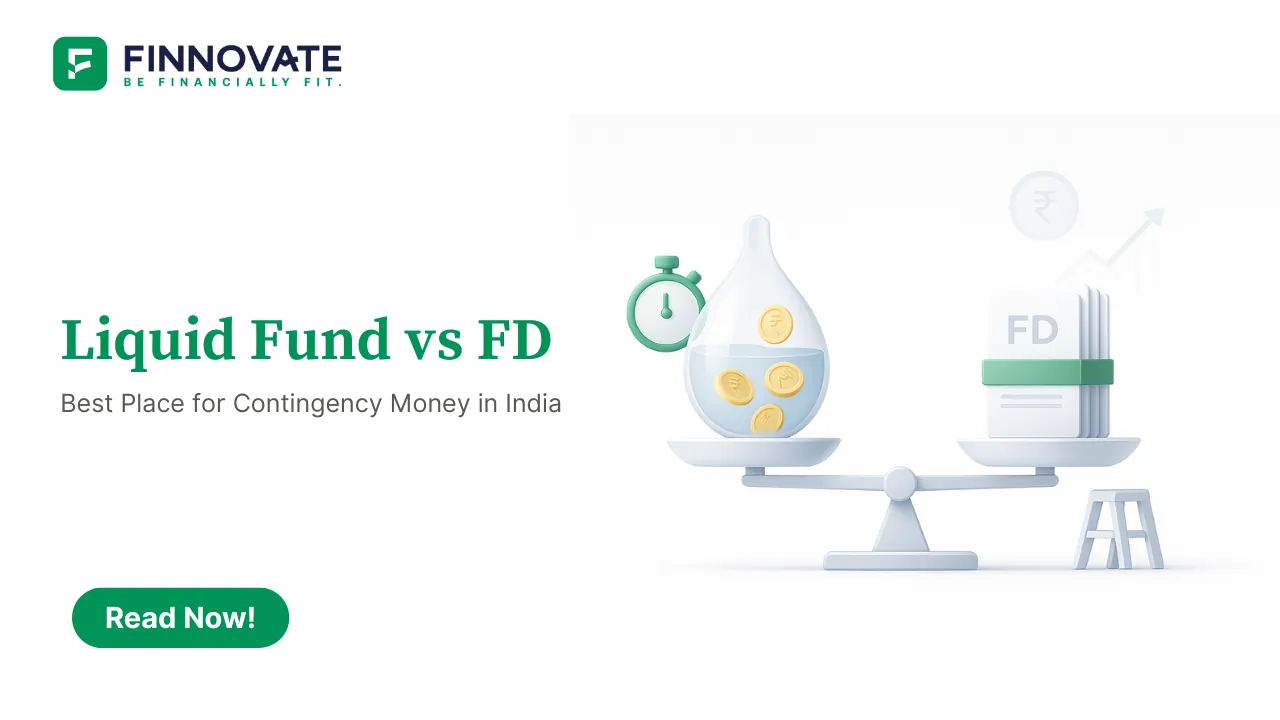
By

When life throws a curveball - medical bills, an urgent repair, a sudden job switch - you want money that’s easy to access, doesn’t surprise you with hidden costs, and doesn’t lose value overnight.
In India, most people park this “contingency” or emergency money either in liquid mutual funds or in fixed deposits (FDs). Both are sensible. The trick is knowing which part of your contingency pot goes where, and what exit rules apply when you need cash in a hurry.
Think of this as money kept aside for unplanned events: health emergencies, income gaps, urgent travel, or time-sensitive repairs. It’s not the same as a short-term goal because goals usually allow some notice and mild lock-ins. Contingency money needs quick access, low risk, and clear exit rules.
Want help sizing the pot?
Read: Emergency Fund in India – How Much Should You Save (3-6-12 Month Rule).
Liquid mutual funds invest in very short-maturity debt instruments such as treasury bills and high-quality money market papers. The idea is to keep returns steady with low duration risk and high liquidity.
Fixed deposits offer a fixed interest rate, certainty of returns if held to maturity, and wide bank availability. Some banks provide sweep-in or flexi features that can help with liquidity.
| Factor | Liquid Fund | Fixed Deposit (FD) |
|---|---|---|
| Access speed | T+1 by default; instant on select schemes up to a daily cap | Break anytime; penalty may apply |
| Return profile | Market-linked with generally low volatility | Fixed rate known upfront |
| Early exit cost | Graded exit load only if redeemed within 7 days; nil after | Penalty often 0.5 to 1.0 percent; sometimes zero interest if under 7 days |
| Best use | Core emergency fund and cash parking with speed | Planned short lock-ins with laddering for flexibility |
Monthly expense: ₹60,000, emergency fund target ₹3.6 lakh for 6 months. Keep ₹50,000 in an instant-enabled liquid fund, ₹2.3 lakh in a regular liquid fund with T+1 access, and ₹1.2 lakh in laddered FDs such as three deposits of ₹40,000 with nearby maturities.
Monthly expense: ₹1,00,000, emergency fund target ₹6 lakh for 6 months. Keep ₹1 lakh across one or two instant-enabled liquid schemes within daily caps, ₹4 lakh in a regular liquid fund, and ₹1 lakh in short-tenor FDs.
For emergencies, speed and simplicity matter most. A practical approach is to keep the core emergency fund in liquid funds while respecting the 7-day exit-load window and any scheme limits, and to use laddered FDs for planned short-term needs where a small lock-in is acceptable. Set this once, review quarterly, and you will have cash that shows up when you need it without unpleasant surprises.
No. Only some schemes offer it and within a daily cap. Others follow the normal T+1 settlement.
They apply a graded exit load only if you redeem within the first 7 days. After day 7, exit load is typically nil subject to the latest scheme terms.
Banks usually reduce the applicable interest rate by a penalty that is often around 0.5% to 1.0%. If you break very early such as under 7 days, many banks pay zero interest.
Keep the core in liquid funds for speed. Use small, laddered FDs for planned near-term needs and adjust ratios to your comfort.
Three to six months of essential expenses is common while some prefer nine to twelve months for extra safety. Start with a target, review quarterly, and top up gradually.
Disclaimer: This article is for education only and is not investment, legal, or tax advice. Please evaluate products and terms before investing.

Learn how to easily download your NSDL CAS Statement in PDF format with our step-by-step guide. Follow our instructions to log in to NSDL e-Services, download your account statement, and subscribe for
Read Full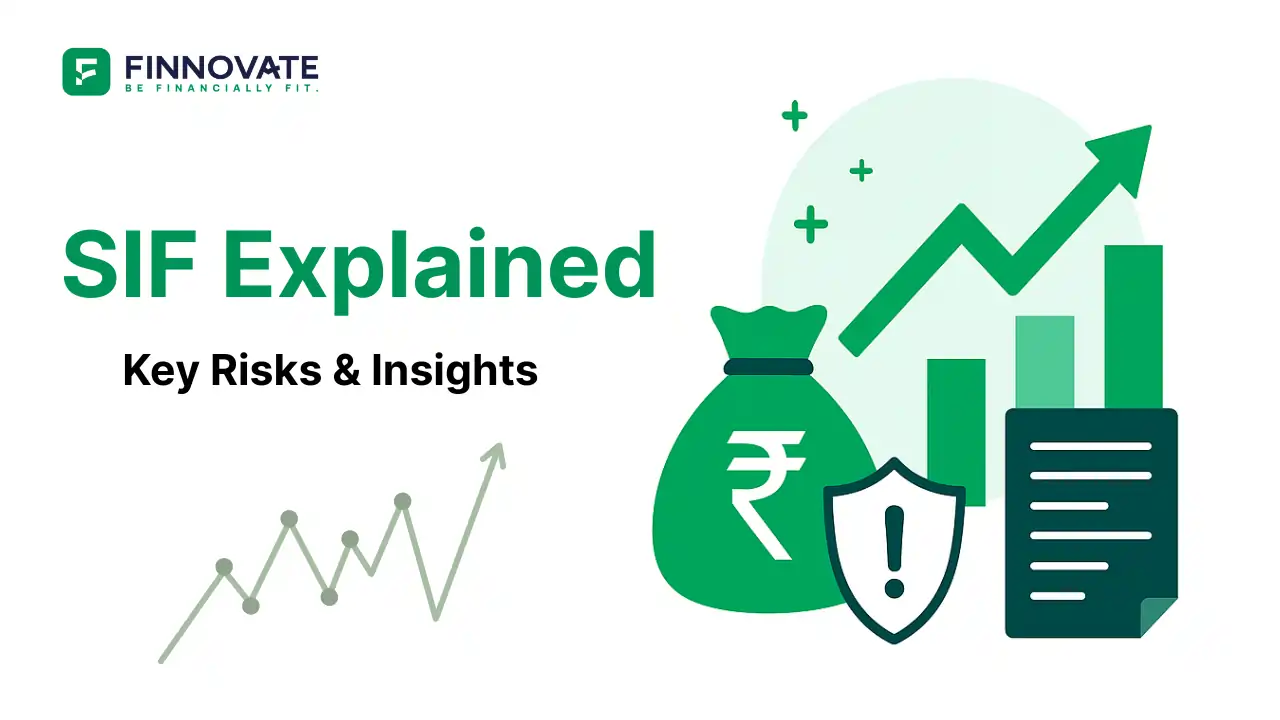
Explore what Specialised Investment Funds (SIFs) are, their benefits, taxation, minimum investment, how to invest, how they compare with mutual funds and PMS and latest developments in SIF space
Read Full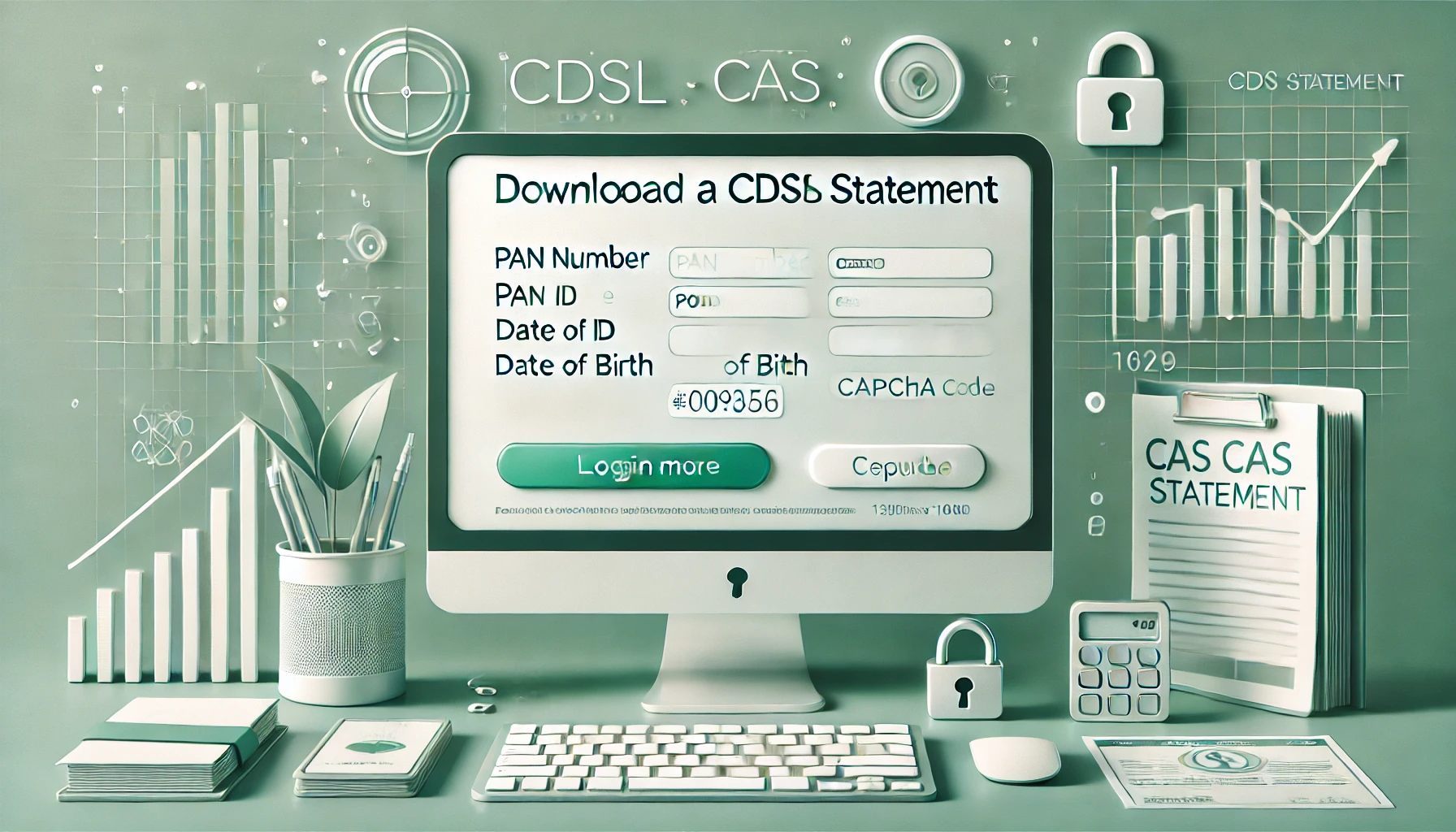
Learn How to Download Your CDSL CAS Statement with our step-by-step guide. Easy instructions for accessing your investment details online.
Read Full
Analyzing the potential economic impact of the 2025 India-Pakistan conflict on India's GDP growth, manufacturing sector, and foreign investment.
Read Full
Looking for the best financial freedom books? Here’s a handpicked 2025 reading list with summaries, why to read, and who it's best for.
Read Full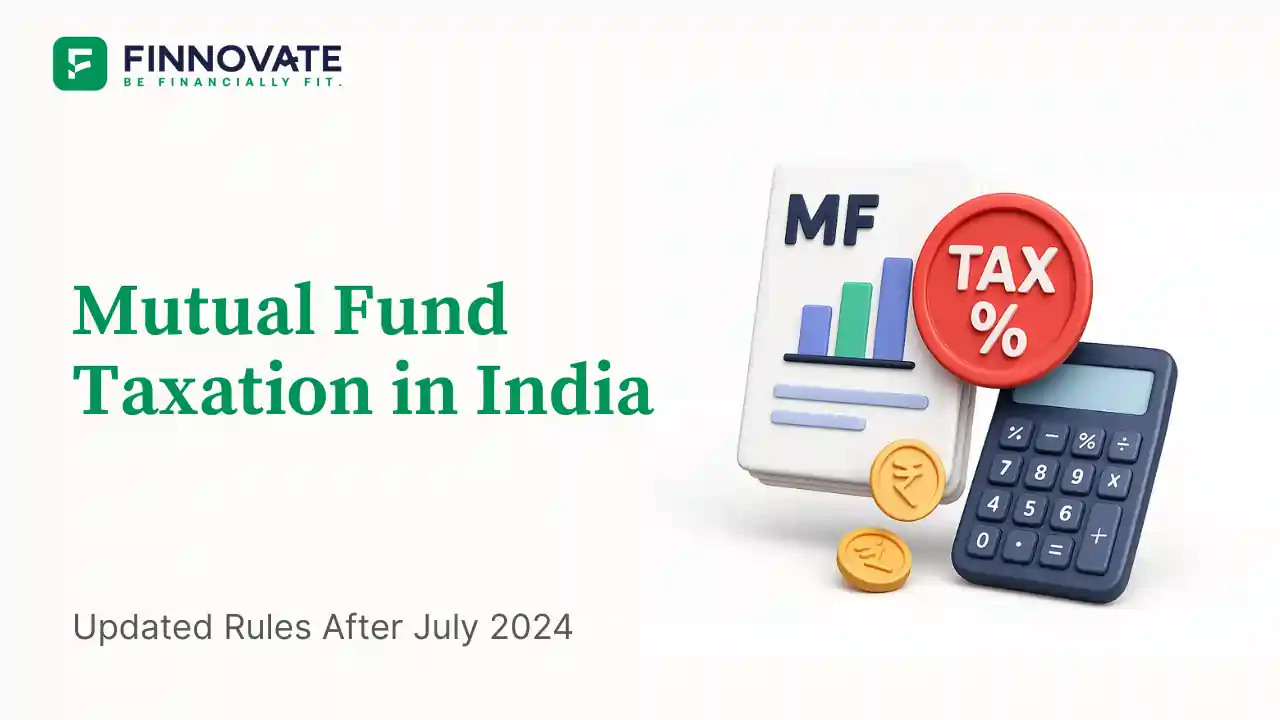
Clear guide to mutual fund taxation in India for FY 2025–26 after July 2024 changes: equity STCG 20%, LTCG 12.5% with ₹1.25L exemption, debt/hybrid rules, dividends, examples, tables, and FAQs.
Read Full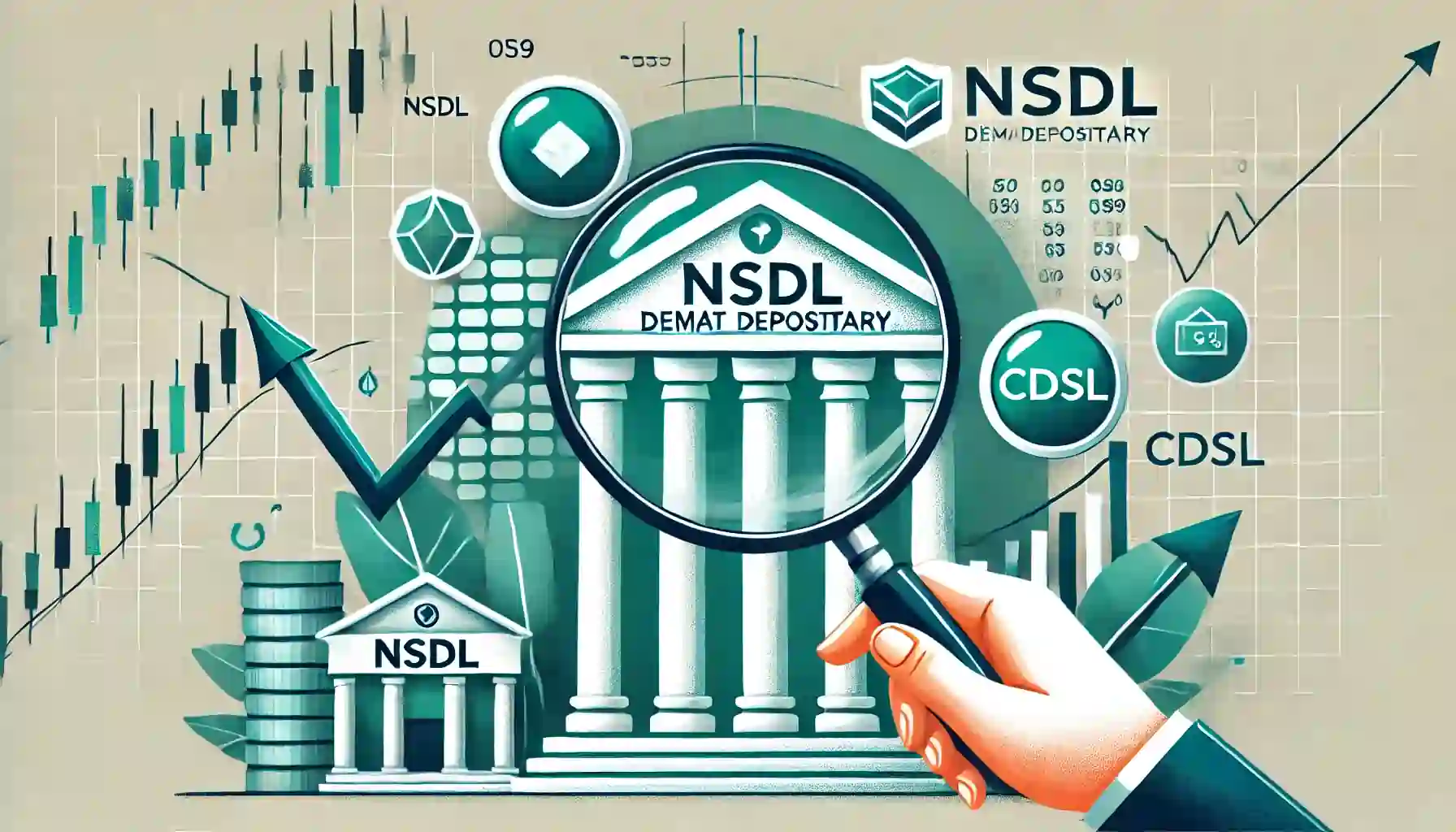
Determine if your Demat Depositary (DP) is NSDL or CDSL easily. Follow our guide to check using broking platforms or Demat account number formats
Read Full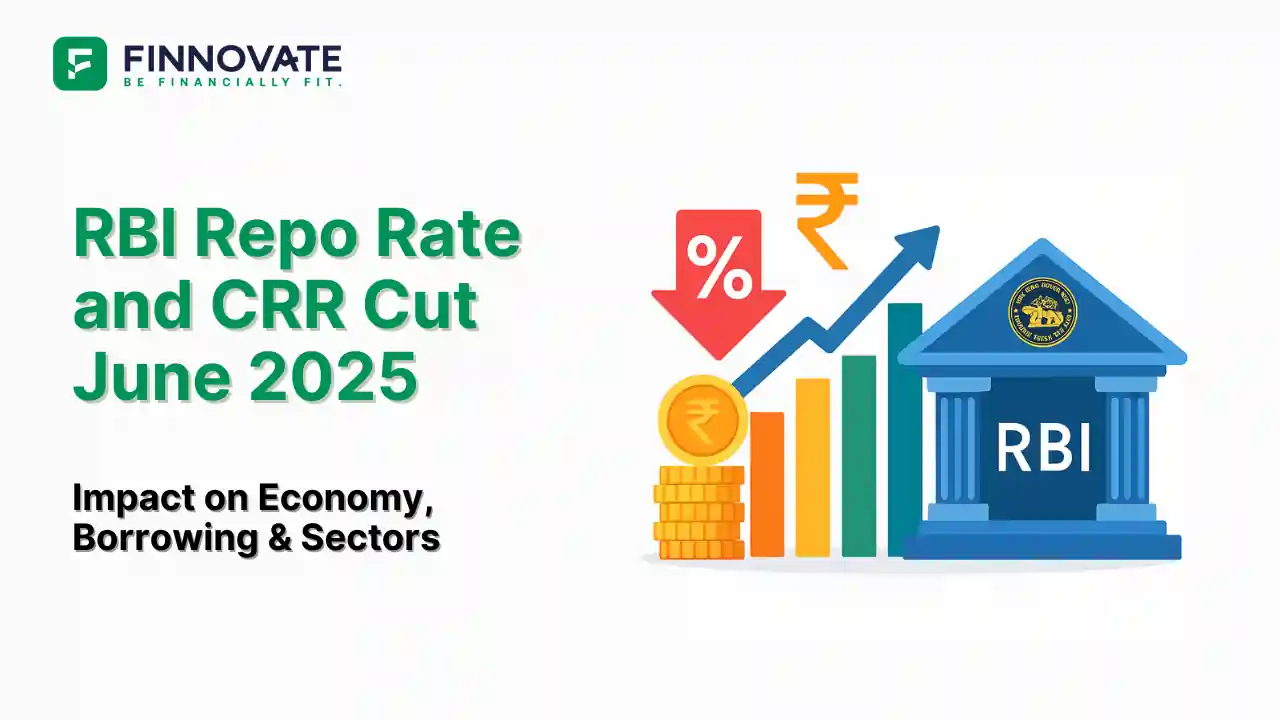
RBI cuts repo rate by 50 bps and CRR by 100 bps in June 2025 to boost growth. Learn how it impacts inflation, borrowing, sectors, and market trends.
Read Full